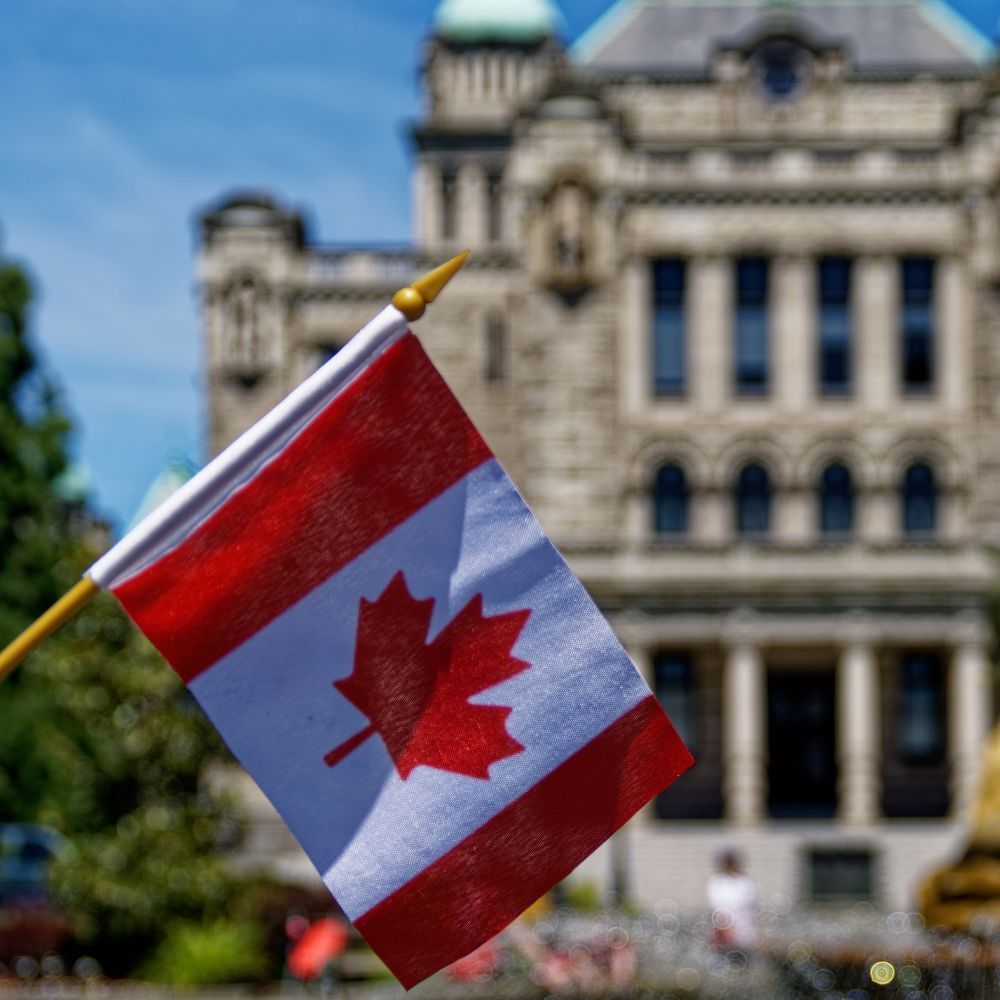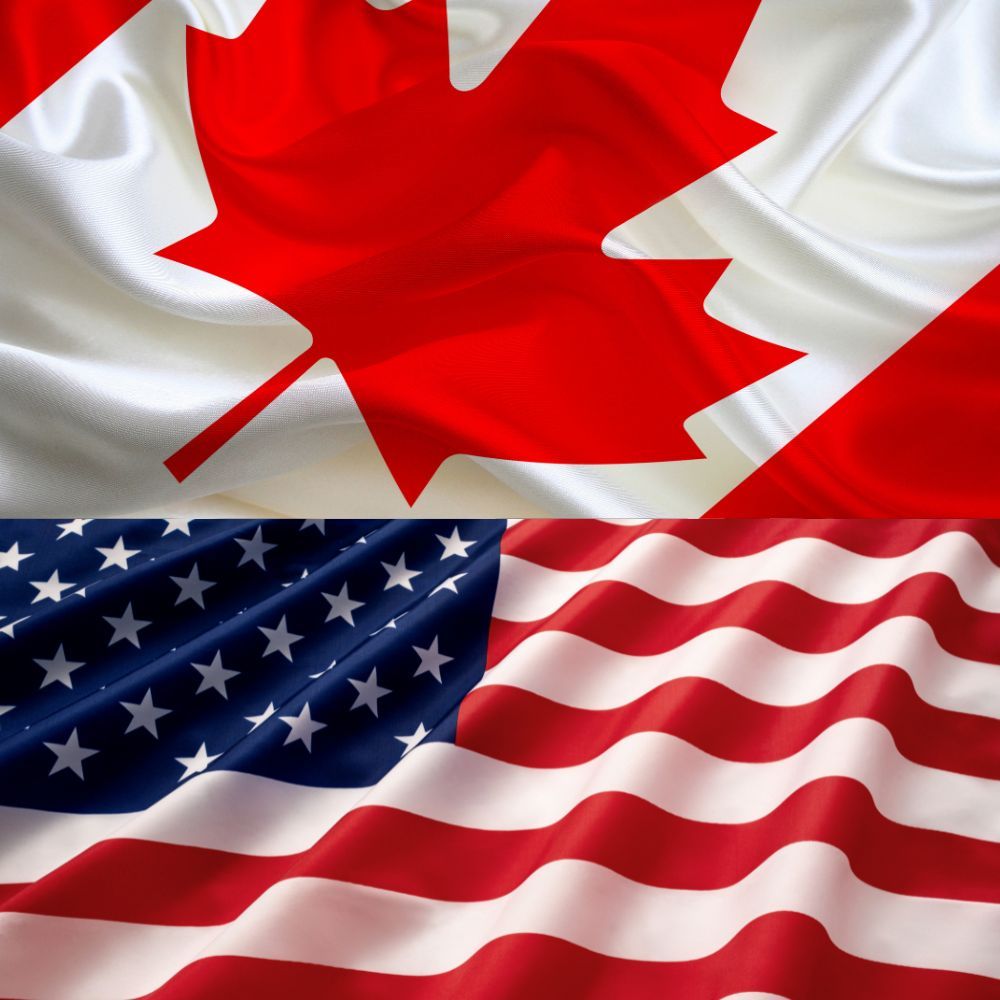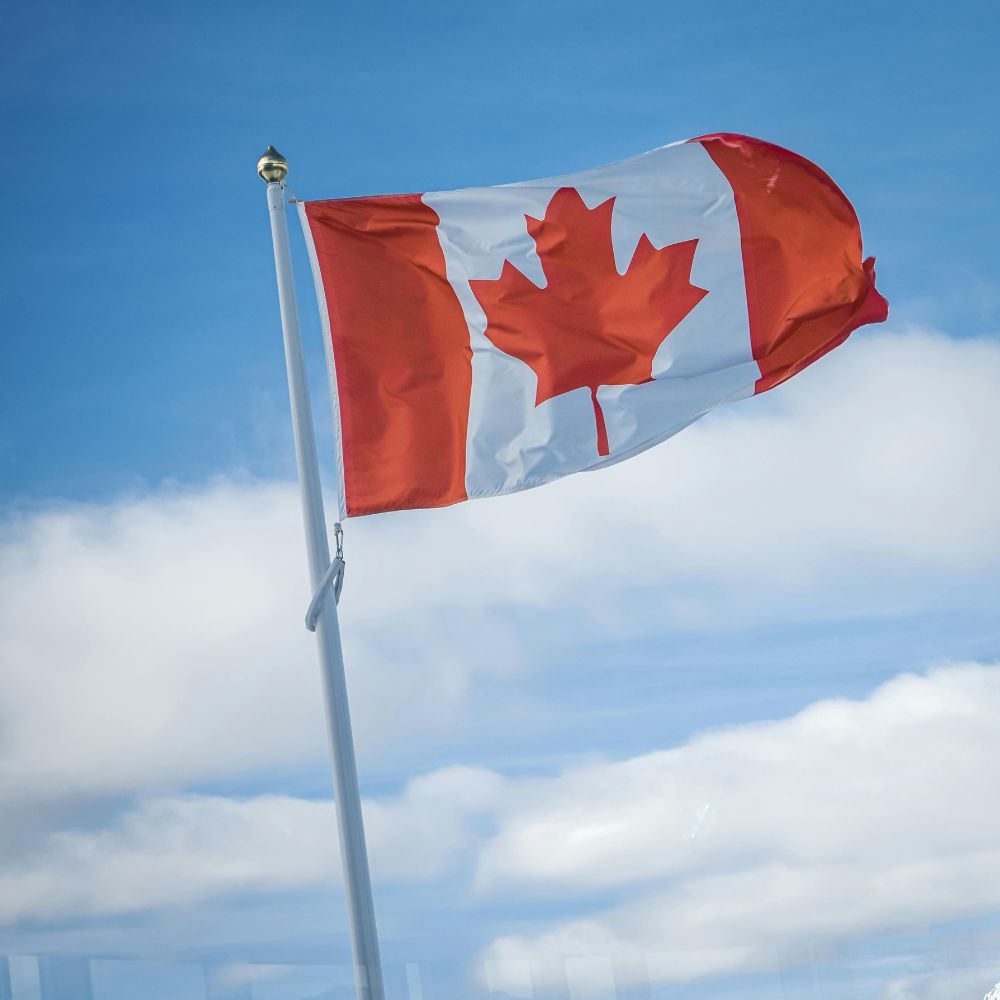Women of Today Smarter Than Man in Every Way
In 1956, five years before the liberating publication of Betty Freidan’s feminist landmark The Feminine Mystique, calypso star Harry Belafonte released a song whose premise is just now showing signs of being fulfilled: “And not me but the people they say, That the man are leading the women astray. But I say, that the women of today smarter than the man in every way.”

I'd say more than simply smarter as I found out in 2005 when I withdraw as President of the successful PR company I had founded and named my longtime female colleague and vice president to succeed me. The decision was universally applauded by the staff and launched a long period of continued growth and success, and continued embedding of the values I had built of teamwork and respect for differing talents. It was clear that as a senior woman she was able to combine business smarts with compassion and care for staff and a pronounced creative flair. No doubt she was smarter than me and more.
I was recently blown away by a Toronto Star op-ed “Boys and Men are in Trouble” in which Andrew Phillips uses a new book by Richard Reeves Of Boys and Men to explore the ascendancy of women and corresponding descent of men to the point where their role as breadwinner in the US has been upended with women bringing in more money in middle class families. Reeves cites a Canadian study showing boys raised poor are more likely to stay poor than girls.
This squares with recent Canadian data which shows 64.8 per cent of working-age women now have a post-secondary education, compared with 63.4 per cent of men. It's the first-time females have surpassed males in overall educational attainment. And the gender gap grows by leaps and bounds as the level of education increases. Moreover In 2020, the overall school dropout rate was higher for male 16- to 24-year-olds than for female 16- to 24-year-olds (6.2 vs. 4.4 percent).
There are larger political issues raised by the relative success of women and the fact blue collar wages for men have stagnated. As Phillips says: “Men who feel abandoned by the system and by parties that fail to even acknowledge their problems will turn to anyone who does.”
Young men with few good job prospects increasingly feel alienated from traditional politics. A recent Angus Reid survey found two-thirds of Canadians (64%) say they don’t believe they can influence political decisions that influence their life. This sentiment is much more common among men aged 18 to 34 (77%) than other demographics.
Women are outperforming men in unexpected fields. It’s observable that women are more patient than men and this turns out to result in many studies showing higher performance for women investors than men. A Vanguard US 2022 study How America Saves report puts this disparity down to the fact that women tend to trade 50% less than men. In other words, men are moving in and out of positions at a 50% higher rate than women. A 2021 Fidelity investment study showed that patient investing women achieved positive returns and surpassed men by 40 basis points, based on an analysis of annual performance across 5.2 million accounts from January 2011 to December 2020.
While women still lag men in executive positions of major companies, those companies with greater levels of gender ethnic and cultural diversity are more likely to outperform their less diverse peers on profitability according to a 2020 McKinsey report Diversity wins: How Inclusion Matters.
In an earlier blog “It’s Arguable that Women make Better Political leaders” I wrote ’’the smarts and decisiveness of women leaders comes from the amazing record of women political leaders in facing up to the Covid-19 pandemic,” Angela Merkel’s performance was notable as was “the female leadership of Taiwan, Iceland and of course New Zealand, where Jacinda Ardern made an international name for herself in the unrelenting way she handled the pandemic.’
The old boys club may appear to still run most of our institutions, with the notable exception of the federal Liberal government, but there are certainly signs that the dominance of men is on the wane. I think it’s s very good thing and more female leadership would herald more compassionate, understanding and peaceful societies that would liberate all talents.
by Patrick Gossage
Patrick Gossage Insider Political Views




